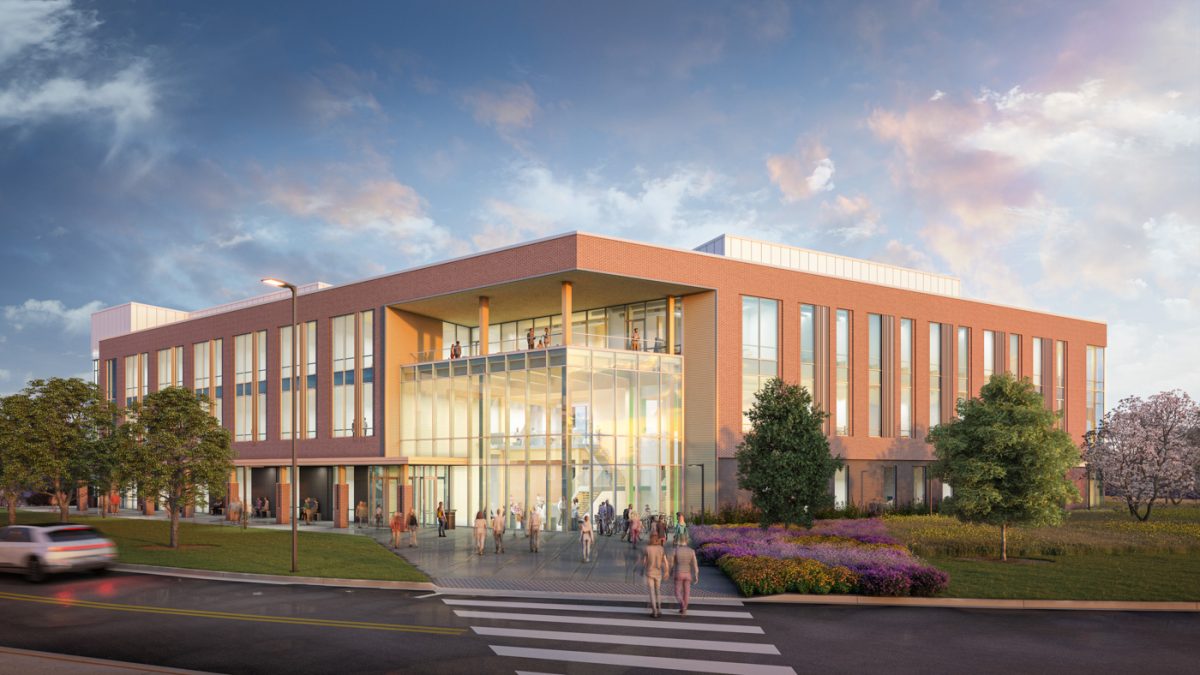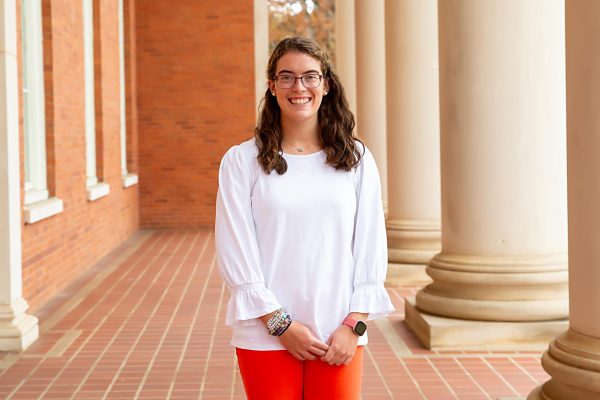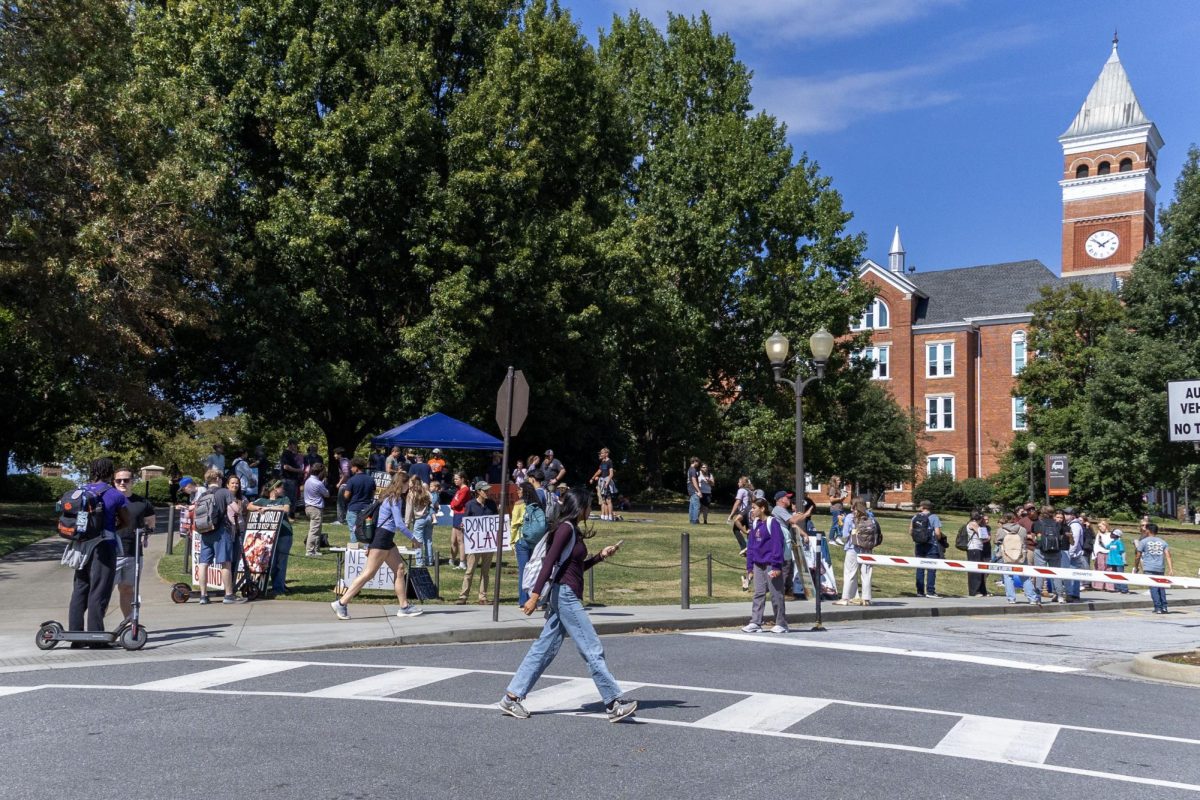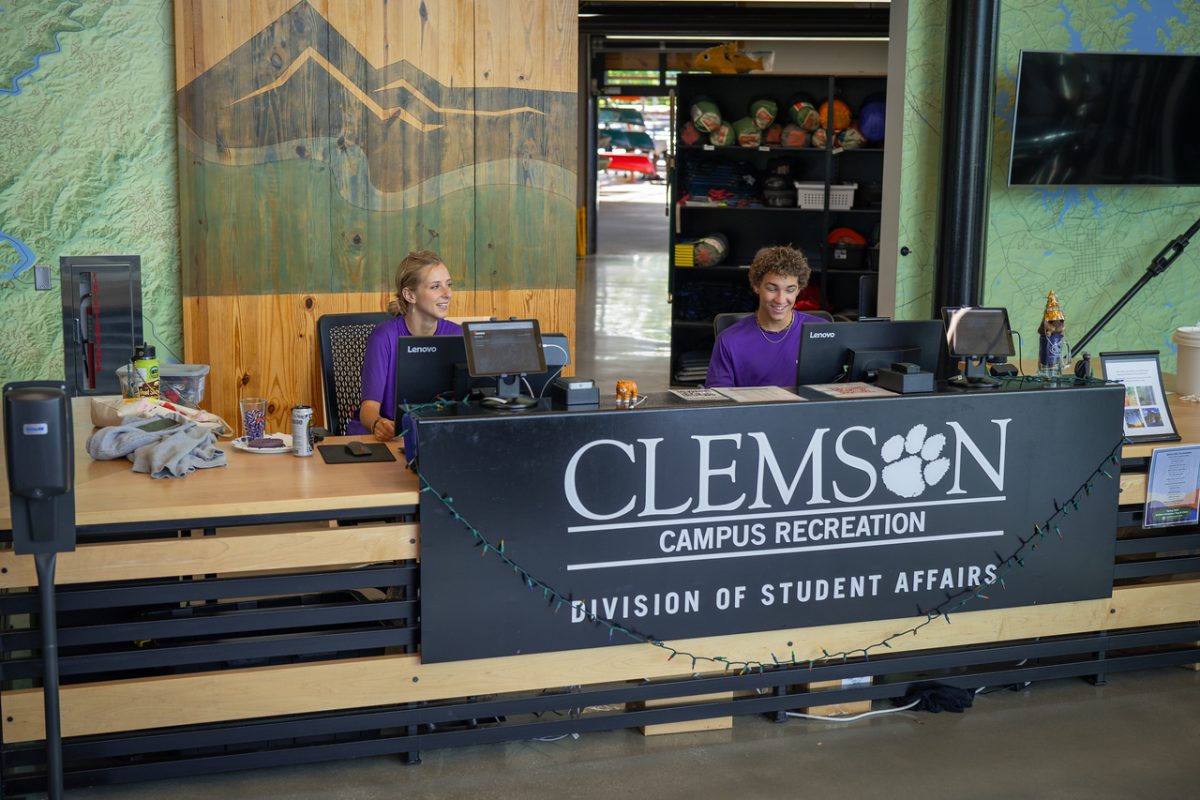Construction began in March for the new Forestry and Environment Conservation facility and is set to be completed in spring 2026.
The projected plan is for the building to be four levels tall and 85,000 square feet, situated in the northeast corner of Perimeter and Cherry Roads, according to Clemson News.
Forestry professor Patricia Layton is hopeful that the FEC facility will be a central hub of activity for the department of forestry and environmental conservation and others in the College of Agriculture, Forestry and Life Sciences, something that previous buildings have not been able to provide.
“The (department) has never had a real front, but I think what we’re building is going to be a real home that will be conducive to our departments,” Layton told The Tiger in an interview. “It is a welcoming and friendly building that opens all of the academy to the public that come through.”
“We wanted to combine both the feel of a traditional university academic building but along with that feel like a Forestry and Environment Conservation building,” Todd Petty, the FEC department chair, told The Tiger. “The building itself provides learning opportunities with the classrooms and the labs, but there’s the outdoor spaces focusing on the native plants and connecting the built landscape to the natural landscape.”
Currently, the department is housed in Lehotsky Hall, which lacks a moisture barrier necessary to regulate the airflow coming from laboratory hoods, according to Layton. However, the new building will include state-of-the-art laboratories, wood testing facilities and a necropsy lab, as well as enhanced classrooms, offices and spaces for collaboration and student support, according to Clemson News and Petty.
“We will have a lab that can have pathogens in it, and we will also have a woodshop that allows us to do testing on strength and things like that, which we can’t do very well in Lehotsky,” Petty told The Tiger. “The necropsy lab is a really nice combination with the vet school because we can start doing veterinary medicine on wildlife. The topic of wildlife disease is one that I think the department can grow into with a new building.”
These improvements will help accommodate for increased growth in undergraduate and doctoral enrollment, both of which are at an all-time high, according to Clemson News. The facility will also allow for new research opportunities while enhancing efforts in current initiatives.
The construction of the building itself will align with the University’s goals of achieving zero net carbon emissions. Similar to the Andy Quattlebaum Outdoor Education Center, the Forestry and Environment Conservation building will use mass timber as the core structure rather than steel or concrete.
“Any building is going to use some amount of energy, but to get at zero is to offset that, and that’s the power of forests,” Petty said. “Trees consume carbon and sequester it and store it, so that combination allows you to move to net zero. Most university buildings are too heavy for traditional construction, so mass timber is a way of essentially using wood to create support structures that are strong enough to hold up.”










